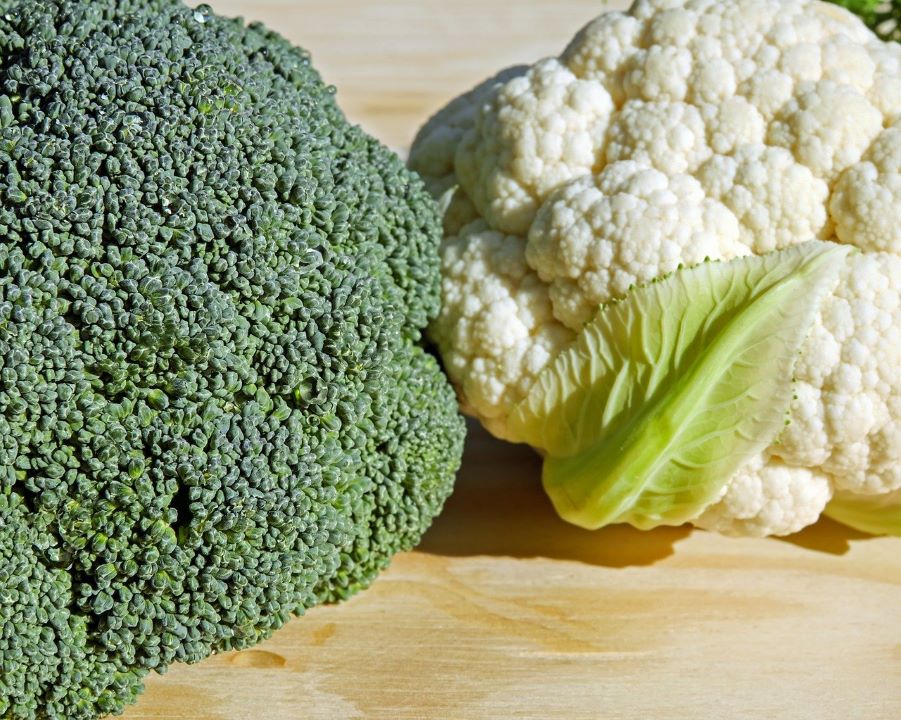The list of bacterial infections resistant to antibiotics is constantly growing. So scientists are looking for new ways to overcome these diseases. Israeli research wants to replace antibiotics with a substance from broccoli and cauliflower. In tests on pigs, the substance proved to be effective. Moreover, it heals wounds faster than antibiotics.
Broccoli Competes with Antibiotics
Promising research in Israel is testing chemicals from vegetables at Ben Gurion University in Israel. Scientists tested a natural chemical called diindolylmethane (DIM) for wound healing – it prevents bacteria from growing and communicating with each other. DIM is naturally found in vegetables such as broccoli, Brussels sprouts, or cauliflower

The researchers performed the tests on pigs. The result showed that compared to antibiotic treatment, they achieved a good result in half the time. Scientists hope they will find the composition of a substance that will also be usable in humans.
Possible Substitutes for Antibiotics
Scientists tested the substance on pigs that had several injuries. First, they treated several pigs with traditional antibiotics and applied a synthetic form of DIM to the other part of the animals. Wounds in animals treated with antibiotics healed within ten days. In the second case, when DIM-based ointment was used, the wounds healed in just five days.

“Antibiotics kill the layer of bacteria on the wound. New tissue grows, but at the same time, there is dead tissue and dead bacteria. In the case of DIM, you don’t kill the bacteria, but there is no dead tissue or dead bacteria either, so healing is faster,” Professor Ariel Kušmaro from Ben Gurion University in Israel described the process.
DIM disrupts communication between bacteria. “It is during this communication that disease germs are created, so without contact between bacteria, they will be less resistant to the immune system,” Kušmaro explained. Next, his team wants to arrive at testing DIM on injuries in humans and start a new approach in human medicine.
Source: https://www.mdpi.com/1999-4923/14/5/967, featured photo: Rawpixel.com




